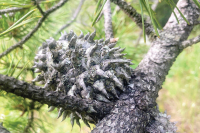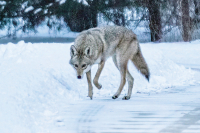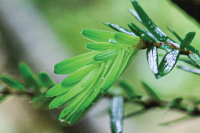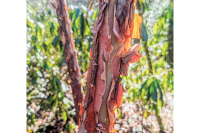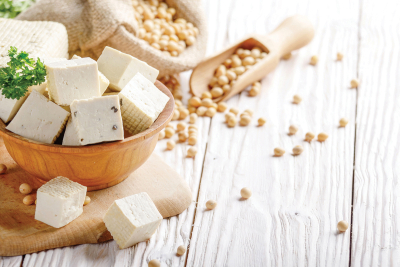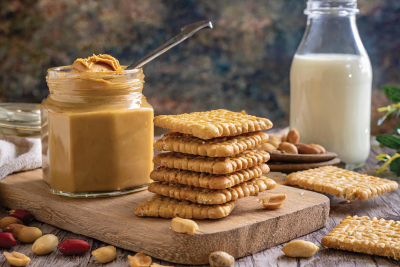Notes from a plant nerd: Hey Buds!
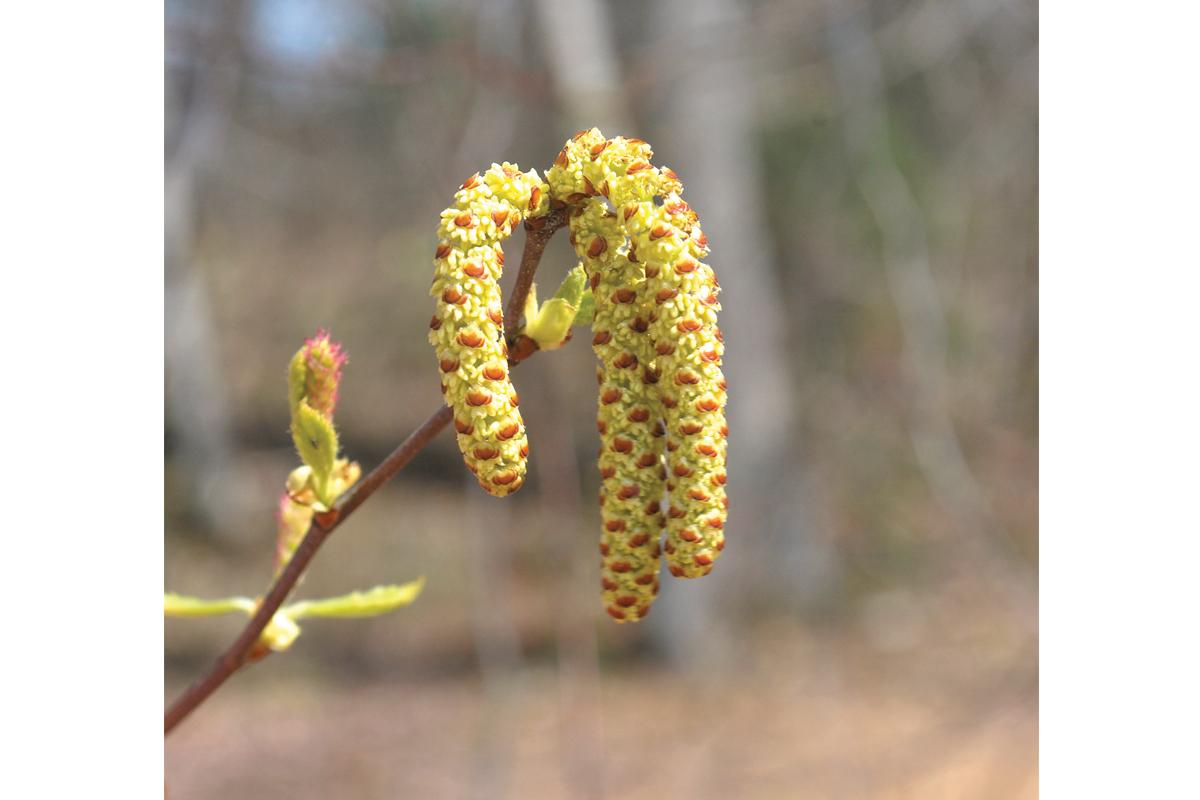 The distinctive catkin of the hazel alder is a helpful clue for winter tree identification. Adam Bigelow photo
The distinctive catkin of the hazel alder is a helpful clue for winter tree identification. Adam Bigelow photo
Hunkered down for the long winter, wrapped in multiple layers and prepared for the cold, I have a lot in common with the flower and leaf buds of woody plants.
I tend to go dormant during the dark time of the year just like the trees and wildflowers. I’m not evergreen — I’m very much a deciduous being, biding my time and conserving my energy, ready to burst forth with vigor and growth again come springtime.
While native plants may not have a woodstove, rocking chair, choice beverages, Tom Robbins novels, WNCW radio and a cat in the lap to help them get through, they still need ways to protect themselves for the winter. Especially the parts that need to start growing come springtime: namely, their leaves and flowers. Over the long and deep history of plant evolution, deciduous woody plants have developed what we now call buds.
Winter has a memory of summer, and winter predicts the spring in the special coverings created from last year’s solar energy, which protect the next year’s new growth and blooms. Both leaves and flowers emerge from plant structures called buds, often wrapped in thick or multiple layers of modified leaf tissue called scales. But not always. Sometimes they’re naked.
The buds of the many deciduous trees, shrubs and vines growing in Southern Appalachia are distinctive to the species and are useful tools for identifying these woody plants in wintertime. You should also consider leaf arrangement, general growth habit, leaf scars from last year’s shed leaves, bark, growing location and many other factors when making an identification, but buds are your friends for winter tree ID.
From the duckbill of tulip poplar (Liriodendron tulipifera) to the cigar shape of American beech (Fagus grandifolia) to the trident shape of maple leaves (Acer spp.) where there is a pointed center bud with two smaller pointed lateral buds on either side of the main one, learning the types and shapes of different buds is key to identifying them when there are no leaves. Oak (Quercus spp.) tree terminal buds are arranged in a disorderly cluster at the tip of a branch or stem.
Related Items
Leaf buds found along the side of the stem on all willow trees (Salix spp.) are key to their winter identification, as these buds do not stick out from the side of the branch but lay tightly pressed (appressed) to the stem. Even poison ivy (Toxicodendron radicans) can be identified by its off-centered and curved terminal bud, and that’s a helpful one to learn as you can certainly still get a rash in the winter.
Flower buds too can be distinct and diagnostic. Spicebush flowers (Lindera benzoin) are shaped like tiny golden basketballs. Flowering dogwood (Benthemidia florida) have terminal flower buds shaped like Hershey’s kisses or little Russian onion dome roofs. The male flowers of hazel alder (Alnus serrulata) hang from the branch tips, awaiting their emergence in what most call late winter, but I like to call spring.
If you take the flower bud of a rhododendron, which is a squat rounded and pointed bud prominent on the end of a branch, and peel the multiple layers of bud scales or slice into the middle and open it up, you can find next spring’s flowers and can even tell if it’s the rosebay (Rhododendron maximum) or Catawba (Rhododendron catawbiense) by the subtle white or pink color seen inside.
So, as you’re walking in the winter woods, see if you can spot the buds of some of your favorite woody plants, and start to look for their differences. See what stands out to you. And when you see some buds, make sure to tell them hi. I like to give them gentle fist bumps, followed by a genuine, “Hey buds!”
(Adam Bigelow lives in Cullowhee. He leads weekly wildflower walks most Fridays and offers consultations and private group tours through Bigelow’s Botanical Excursions. This email address is being protected from spambots. You need JavaScript enabled to view it..)





